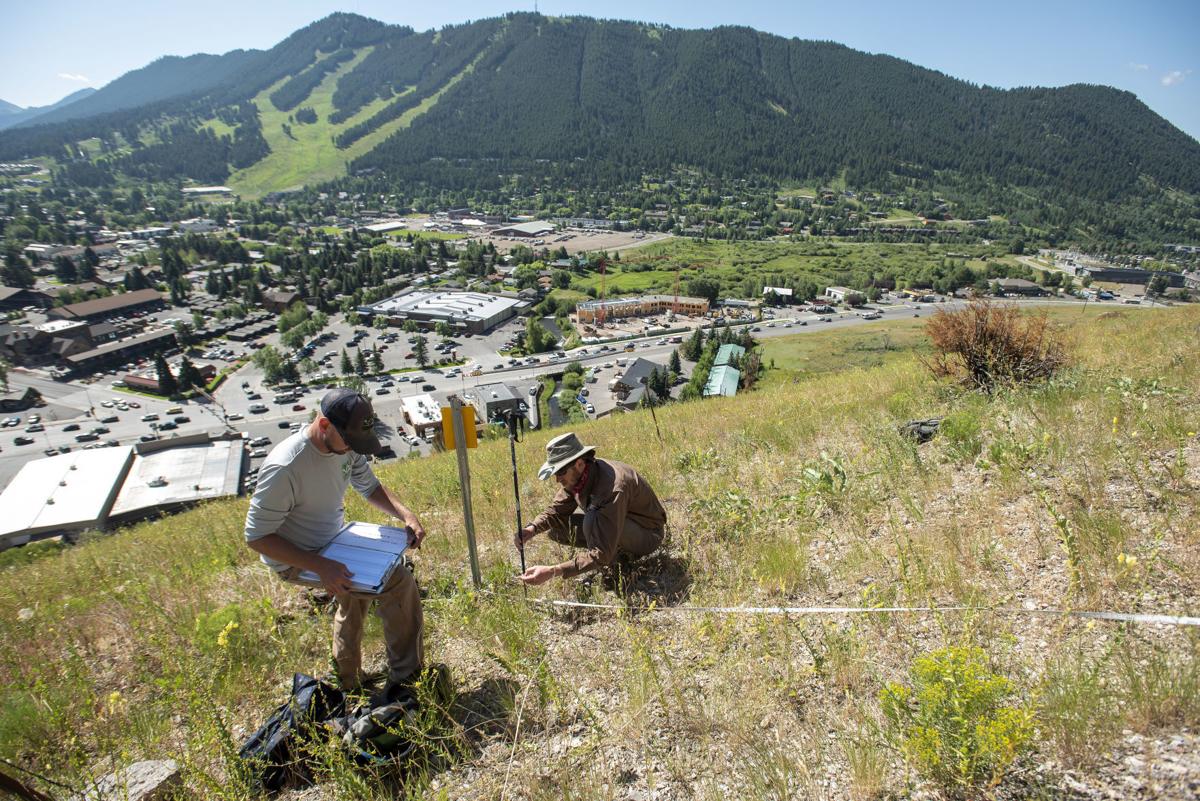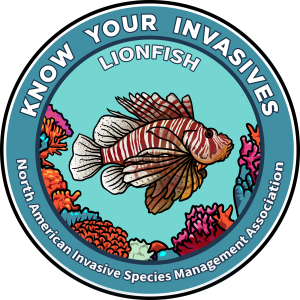Every month, new species are introduced to our lands and waters, new studies are published, and new methods of control are tested—with impacts varying across the map. It would be nearly impossible to stay on top of every piece of invasive species news.
However, the staff and board of the North American Invasive Species Management Association review headlines each month. This helps us stay on top of trends and further our mission to support, promote, and empower invasive species prevention and management in North America. We then share invasive species news most relevant for people who manage terrestrial and aquatic invasive species across the the United States, Canada and the world.
So, what happened this month?
- Success! Despite challenges such as seeking landowner permission for invasive species management, professional invasive species managers in Hawai’i have uprooted all known instances of pampas grass, and Montana has not detected mussels for yet another year.
- Scientists and invasive species managers are working tirelessly to track and reduce invasive species threats, on both coasts as well as inland.
- Federal governments in both U.S. and Canada have opened public comments for important invasive species policies.
- These invasive species headlines, new invasive species research, and much more. Read on:
Success Stories: Prevention, Eradication and Restoration
Montana has Weathered Another Summer Boating Season Without Mussels
Montana — Read on Char-Koosta News
The Columbia River Basin is the only river basin in America that hasn’t been infested with mussels but there have been close calls.
Pampas Grass Eradicated from Hawai’i Island, BIISC Reports
Hawaii — Read on Big Island Now
Removal of the plants by BIISC crews took time, as permission from property owners was required for most of the sites, according to a BIISC press release.
Prevention, Outreach and Education

Slowing the Spread as Cheatgrass Inches Toward New Territory
Wyoming — Read on Jackson Hole News & Guide
Teton County was once thought to be too high and too cold for cheatgrass, but the noxious species has invaded.
Scientists Work to Build a Better Lionfish Trap
Louisiana – Read on The Columbian
One is a lobster trap with an entry too skinny for legal lobsters. The other is wildly different, using a vertical sheet of lattice as a lure.
Our 2020 Invasive Species Conference is Virtual, and We Want You to Be There!
New Research
Identifying Marine Invasion Hotspots Using Stacked Species Distribution Models
Canada — Read on ResearchGate
Present-day and future hotspots of invasion risk for marine invertebrates and algae in nearshore habitats of the northwest Atlantic and northeast Pacific using more than 12 years of monitoring data in conjunction with other occurrence data and stacked species distribution models.
Airborne Seeds Pose Potential Risk of Non-Native Plant Invasions
United States – Read on The Science Times
Seeds usually transported by air can be transported to unusually distant places through equally unusual transport methods – like getting sucked into the air intake of a refrigerated shipping container.
Jumping Worm Effects on Soil
North America – Read on Science News
In a study in the October Soil Biology and Biochemistry, Herrick, soil scientist Gabriel Price-Christenson and colleagues tested samples from soils impacted by jumping worms. They were looking for changes in carbon and nitrogen levels and in soils’ release of carbon dioxide, which is produced by the metabolism of microbes and animals living in the soil. Results showed that the longer the worms had lived in the soils, the more the soils’ basal metabolic rate increased — meaning soils invaded by jumping worms could release more carbon dioxide into the atmosphere, says Price-Christenson, who is at the University of Illinois at Urbana-Champaign.
Invasive Sea Lampreys in Great Lakes, and the Lake Trout They Prey On, Puzzle Scientists
Michigan — Read on Detroit Free Press
When trout populations are high, researchers expect to see fewer lamprey-wounded fish, and more of those wounds when lamprey populations are spiking.
But that’s not always what scientists are finding.
Detection, Management and Control
Why Nova Scotia Wants to Poison a Lake to Kill off Invasive Species
Nova Scotia — Read on CBC
It’s a last resort to stop the spread of smallmouth bass from a headwater lake that flows into the St. Marys River system, which is home to trout and a surviving Atlantic salmon population.
Arizona Had Slowed Quagga Mussel Invasion, but a Rise in Boat Sales Could Renew the Threat
Recreational watercraft sales have been steadily rising in Arizona over the last eight years, which, according to data from the National Marine Manufacturers Association, is in keeping with national trends.
Invasive Shrimp-Sucking Parasite Continues Northward Pacific Expansion
West Coast — Read on Science Daily
Researchers have identified an invasive blood-sucking parasite on mud shrimp in the waters of British Columbia’s Calvert Island. The discovery represents the northern-most record of the parasite on the West Coast and is likely an indication of its ability to spread without human transport.
Invasive Pest Threatens Future of North American Ash Trees
North America — Read on The Smithsonian
A new study shows that ash tree populations are not growing fast enough to replace the trees killed by ash borer larvae.
Policy and Rulemaking
 10 Days Left to Comment on DOI’s Draft Invasive Species Strategic Plan
10 Days Left to Comment on DOI’s Draft Invasive Species Strategic Plan
United States — Read on the U.S. Department of the Interior
When finalized and implemented, the strategic plan (download PDF) will allow Interior to be a more responsive partner to state and Tribal agency requests for federal assistance to combat invasive species without adding regulations that impede business and our economy.
NAISMA Request for Input
The North American Invasive Species Management Association (NAISMA) is compiling feedback from its members and subscribers and will send a summary of responses provided in this survey to DOI. Only comments that are respectful and address the Strategic Plan directly will be forwarded to DOI as public comment.
Government of Canada Launches Public Engagement on First-Ever Aquaculture Act
Canada – Read on Canada.ca
A discussion paper providing background on aquaculture in Canada, rationale for the proposed legislation and an overview of the elements proposed for the new Act, is now available online with key questions to guide feedback to the Government on this important initiative. The public is invited to visit https://dfo-mpo.gc.ca/aquaculture/act-loi/consultations-eng.html, and will have until January 15, 2021 to participate in this round of consultation.
USDA APHIS Releases 2019 Annual Report
United States – Read on APHIS.USDA.gov
Plant Protection and Quarantine: Helping U.S. Agriculture Thrive Across the Country and Around the World
Conversations
A Century of Injurious Wildlife Listing Under the Lacey Act: a History
United States – Read on Management of Biological Invasions
way have transformed the law, sometimes narrowing and sometimes broadening. Here for the first time, the major changes to the injurious wildlife law from 1900 to the current law are compiled to provide a history that is critical to understanding how the nation’s oldest invasive species law has varied in its ability to prevent wildlife invasions.
World Wildlife Fund Releases Living Planet Report
Global – Read on World Wildlife Fund
The population sizes of mammals, birds, fish, amphibians and reptiles have seen an alarming average drop of 68% since 1970.
Want more Invasive Species News? Support our work by joining NAISMA.



